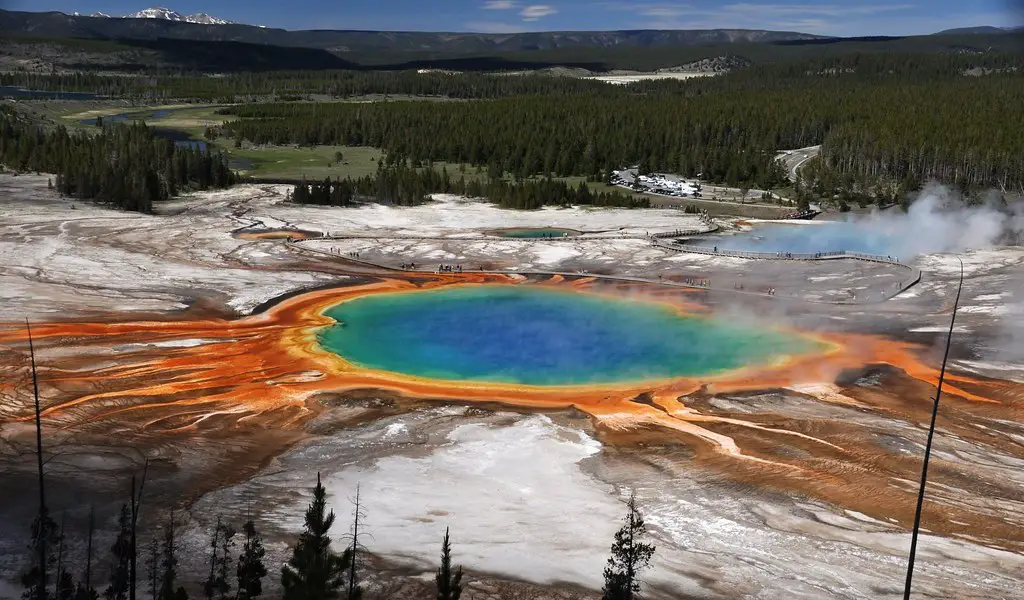Calculus: Infinite Limits vs Limits at Infinity with Explanations, Practice Questions, and Answers [AP Calculus, Calculus 101, Math]
In this article, Infinite limits are limits that evaluate to infinity. You can, however, have limits that are evaluated at infinity or have an evaluated value of infinity. While infinity is a strange concept, we can use it to determine the behavior of functions. This leads us to the discussion of infinite limits and limits at infinity.















![Heart Block: First Degree vs Second Degree (Type I and Type 2) vs Third Degree - ECG Findings, Symptoms, Diagnosis, Treatment, and Prognosis [MCAT, USMLE, Biology, Medicine]](https://i0.wp.com/moosmosis.org/wp-content/uploads/2023/04/heart_block.png?resize=200%2C200&ssl=1)



![Gastrointestinal System 101: Pathophysiology of Diseases and Cancers, LFTs, Types of Hepatitis, PSC vs PBC, Cholecystitis vs Cholangitis, Crohn's Disease vs Ulcerative Colitis [Biology, MCAT, USMLE, Medicine]](https://i0.wp.com/moosmosis.org/wp-content/uploads/2022/03/image-17.png?resize=200%2C200&ssl=1)
